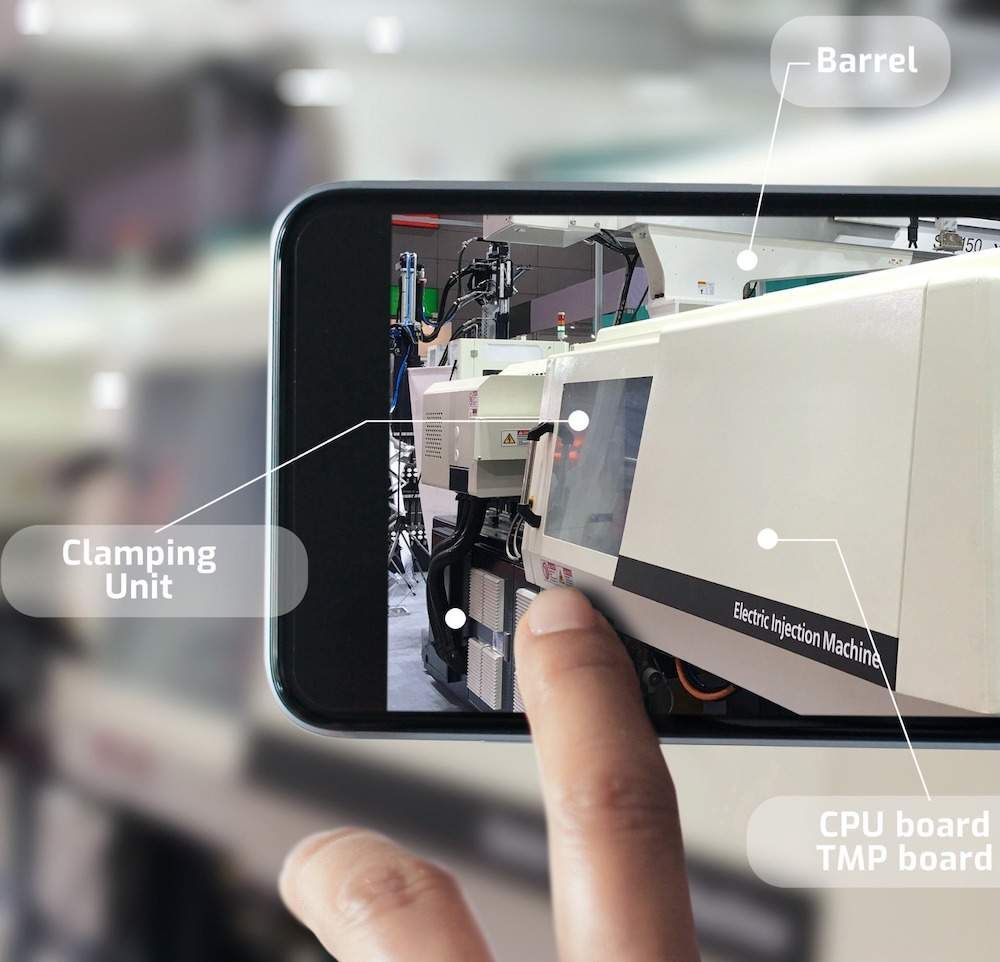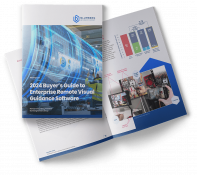Help Lightning Blog
Bridging the Labor Gap With a Visual Support App

All over the world, companies are running into labor shortages. One area where the effects of these shortages are acutely felt is the installation of on-site equipment. Almost every business — from car manufacturers and construction firms to oil and gas producers and renewable energy companies — face significant project delays as they wait for equipment first to arrive and then to be expertly installed.
But, instead of waiting for engineers to come to them, some of these businesses are now employing a novel solution. They’re using a visual support app like Help Lightning to have those engineers expertly guide equipment installation from another location.
How a Visual Support App Can Fill Labor Gaps
Help Lightning’s remote visual guidance software lets engineers guide equipment installation from anywhere thanks to its augmented reality (AR) features. The Help Lightning app provides a 3D shared view that allows people on either side of the screen to virtually reach into the other person’s view. This offers hands-on virtual collaboration that is just as effective as collaborating in person.
Help Lightning’s visual support app allows engineers to remotely guide customers through the installation process. Companies are using AR in different industries — even ones that use large, complex machinery. Several experts can engage at once, providing directions, auditing for safety and demonstrating proper maintenance.
What Equipment Installation Looks Like Using a Visual Support App
Extended reality solutions like Help Lightning allow engineers on both sides of the call to see the same view on their desktop or mobile device. The equipment manufacturer’s engineers can guide installation by virtually touching components. They can make notes and drawings that are overlaid onto the shared view. And they can demonstrate how to do something as if both sides were in the same room together.
Here’s one of many possible augmented reality examples in which companies can collaborate on remote equipment installation:
- A manufacturing company specializing in industrial equipment for construction companies has shipped a large, complex piece of equipment to a job site. But the manufacturer can’t immediately send a team of engineers to install it.
- When they receive the equipment, the construction company schedules time for their engineers to join a Help Lightning call with the manufacturer’s engineers.
- When the Help Lightning call is connected, both teams of engineers can see and engage with the equipment as if they were on the job site together.
- The manufacturer’s engineers can first confirm all the components have arrived safely. In the merged reality view, they can reach into the screen and point out what each component is for, demonstrate where it goes and how to install it properly.
- As the construction company’s engineers assemble the machine, they can see a 3D view of exactly what they should be doing. This includes annotations and drawings overlaid onto their field of vision to guide precise measurements and specific placements. They can see the manufacturing team’s hands in their field of view. This shows them exactly what to do at each step of the process.
- Over the course of several hours, both teams work together to build the machine. Once complete, they test it for proper safety and functionality.
- The machine is built and confirmed for safe use within a day. The construction company can start using it immediately, keeping their project timeline on track.
With a visual remote guidance app like Help Lightning, engineering teams in different locations can effectively collaborate. The work is completed efficiently, and they don’t have to wait for an engineering team from the manufacturer to travel to the job site.
Remote Visual Assistance for Efficient Collaboration
Merging video screens and using live video support means more efficient collaboration, even when technicians and engineers can’t physically be on the job site together. In-person collaboration can be expensive and cause project delays. With a visual support app like Help Lightning, those providing visual assistance doesn’t have to spend time and money travelling to a job site. And those receiving visual assistance can get the help they need quickly and effectively.
Augmented reality remote assistance technology supports several key performance indicators (KPIs) for companies that provide installation support, as well as those who receive it. KPIs that Help Lightning customers can maximize with remote visual assistance include:
- Avoiding unnecessary dispatches.
- Reducing engineer downtime.
- Increasing customer ease of use.
- Speeding up service.
- Increasing net promoter score (NPS).
- Saving travel costs associated with sending engineers onsite.
Are you interested in learning about more use cases and how other companies are using remote visual assistance? Review our full list of remote assistance use cases or download a shareable guide.
What Can a Visual Support App Do for Your Company?
With a visual support app like Help Lightning, technicians, engineers and other specialists can collaborate virtually, delivering greater productivity and better results. Contact us for a free, no obligation demo of Help Lightning! Our team is ready to show you exactly why we believe Help Lightning is the best remote support software available today and how it can meet your company’s business needs.












